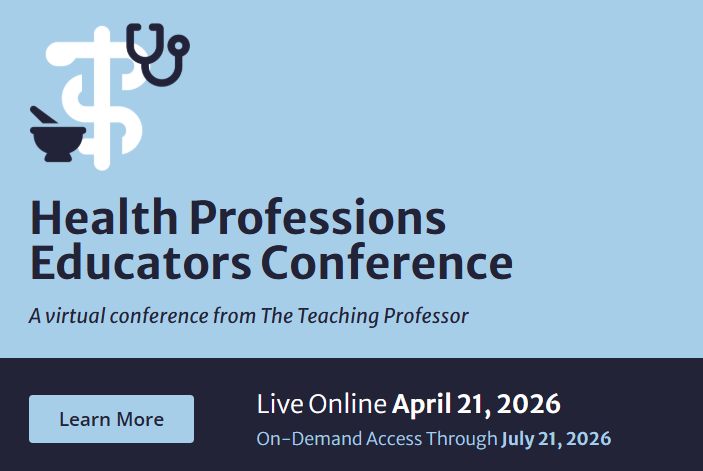
How Should We Respond to Student Entitlement?
I discovered some good literature on the student entitlement topic while preparing for the Magna Online Seminar program I’m presenting later today. Among the content areas addressed in the literature are: what entitlement is, what attitudes and beliefs are indicative of it, what’s causing it, whether it’s a recent phenomenon, how it can be measured, and what those measurements reveal. But something crucial is missing: how should faculty respond. Some sources offer hints, but I did not find any good, substantive advice. This post then is an attempt to start the conversation and to invite your insights and suggestions for dealing with these troublesome attitudes and beliefs.












